It’s one of the first things every parent wants to know when they start researching child development: when is my baby going to start walking?
Every aspect of early parenthood is exciting, but the joy of seeing your child’s first steps is simply incomparable. You’ll want to know when to expect this big milestone, what you should do to prepare, and how to navigate the process in a safe and healthy way for your child.
Let’s talk about all these key points today and give you the pointers you need to get your child walking with confidence when the time is right.
Stages of Movement
Within the first two years of life, your child will go from a newborn to someone who can walk and have a pretty wide range of other physical abilities.

The following is a short breakdown of the ages when you can expect your child to hit certain milestones of movement. Don’t be too attached to these numbers and descriptions because they’re only averages.
Allow your child to move at their own pace, and don’t put pressure on them to advance more quickly due to your expectations. Every little one starts moving a little differently.
Sitting Up
Between the ages of 4 and 9 months, you will likely see your child sit on their own, whether on a bed, the carpet, or any other surface you place them.
At this stage, they develop the core strength that forms the foundation of all other movements.
Pulling Up
This is when your child will rise to their feet for the first time, just with a little assistance from a table, chair, or another stable object. This typically happens anywhere between 8 and 11 months.
They will get a feeling of how to stand and start to develop key muscles in the lower body.
Crawling
The timeline can vary greatly with crawling, but it’s an exciting sign to see your child on the move!
Some children crawl as early as six months, while others can be over one year old before they start. Many children won’t want to crawl at all and go straight to walking, so don’t sweat the details.
Standing
It doesn’t take long after your child is crawling and pulling up to start standing without assistance. This commonly happens around the one-year mark, give or take a few months.
This is an important benchmark in physical development, as well as balance and overall coordination.
Walking
Those glorious first steps can happen as early as six months, but in most cases, children are strong and balanced enough to walk tall within eight months of their first birthday.
Some children only really start walking around the age of two, so don’t worry if things seem a bit delayed. If your child is over two years old and still struggling to walk – or simply showing no interest in trying – then it might be time to bring up the subject with the pediatrician.
Encouraging First Steps
There will be plenty of signs that tell you when your child is gearing up for those big first steps. They will crawl and scramble vigorously around the house, make many attempts to stand on their own, and take some tumbles along the way.

Here are some ways you can encourage those first steps and some things you’ll want to avoid in the process.
Playing Together
Simply playing with your child and being an engaged parent is by far the best way to ensure healthy development and independent movement. Be there to help them stand up, take some assisted steps, and balance themselves out when they step away after pulling up to a chair or table.
The more you allow them to explore their abilities and give them positive reinforcement for trying different things, the more confident they will be to take their first steps and succeed, despite falling down many times in the process.
First steps most commonly take place from an assisted standing position as you hold your child’s hands or keep their shoulders steady.
If both parents are present, you can team up and have your child walk a few feet to the other parent, who will be waiting with open arms. What a moment to remember!
Safe Environment
You’ve probably already done quite a bit to babyproof your house by padding surfaces and blocking off certain areas of access.
When your child begins to walk, however, you’ll want to take those efforts to the next level, because they will be far more independent and curious once they’ve unlocked this power.
Revisit every room in the house and make sure the entire environment is safe for exploration.
That includes removing choking hazards, putting breakable decorations on high shelves, and adding baby-safe locks and covers to doorknobs, toilet lids, or any other access point that might cause concern. Also, make sure they have clothes that fit right and give them support.
Your child might have the ability to walk, but they still have a long way to go in terms of mental and physical development, so stay vigilant and definitely don’t let up on supervision and support. They don’t call them toddlers for nothing!
Things to Avoid
Walking for the first time is a big deal, and it’s super important to make the experience fun and stress-free for your child. That means staying positive and not pressuring them to take on challenges that they aren’t prepared for yet.
Don’t rush things, because these moments should be relished! Patience is the ultimate virtue when it comes to parenthood, and this applies to the first steps as well.
Some children will walk for the first time, then revert to crawling for a bit because they are simply more comfortable with it.
Over time, they’ll build courage and strength, then soon be walking around like nobody’s business! Be there every step of the way, no matter how they choose to go about the process.
Prepare for What’s Next
First steps are a big event worth celebrating, but there’s so much more to look forward to. Be ready for what’s to come after your child is walking with confidence for the first time.

More Movement and Activity
Running, jumping, somersaults, and more are just around the corner after your child walks for the first time. Be sure to keep an eye on them and dress them in comfy, cute clothes that offer a full range of movement.
When your child starts walking, this is also a good time to work on other skills like climbing onto furniture, being more organized at the dinner table, and taking potty training more seriously.
Your child will start eating more, take fewer naps, and start hitting those growth spurts before you know it! Enjoy the journey, because these are lifelong memories to treasure.
Sources:
Movement: Babies 8 to 12 Months | American Academy of Pediatrics

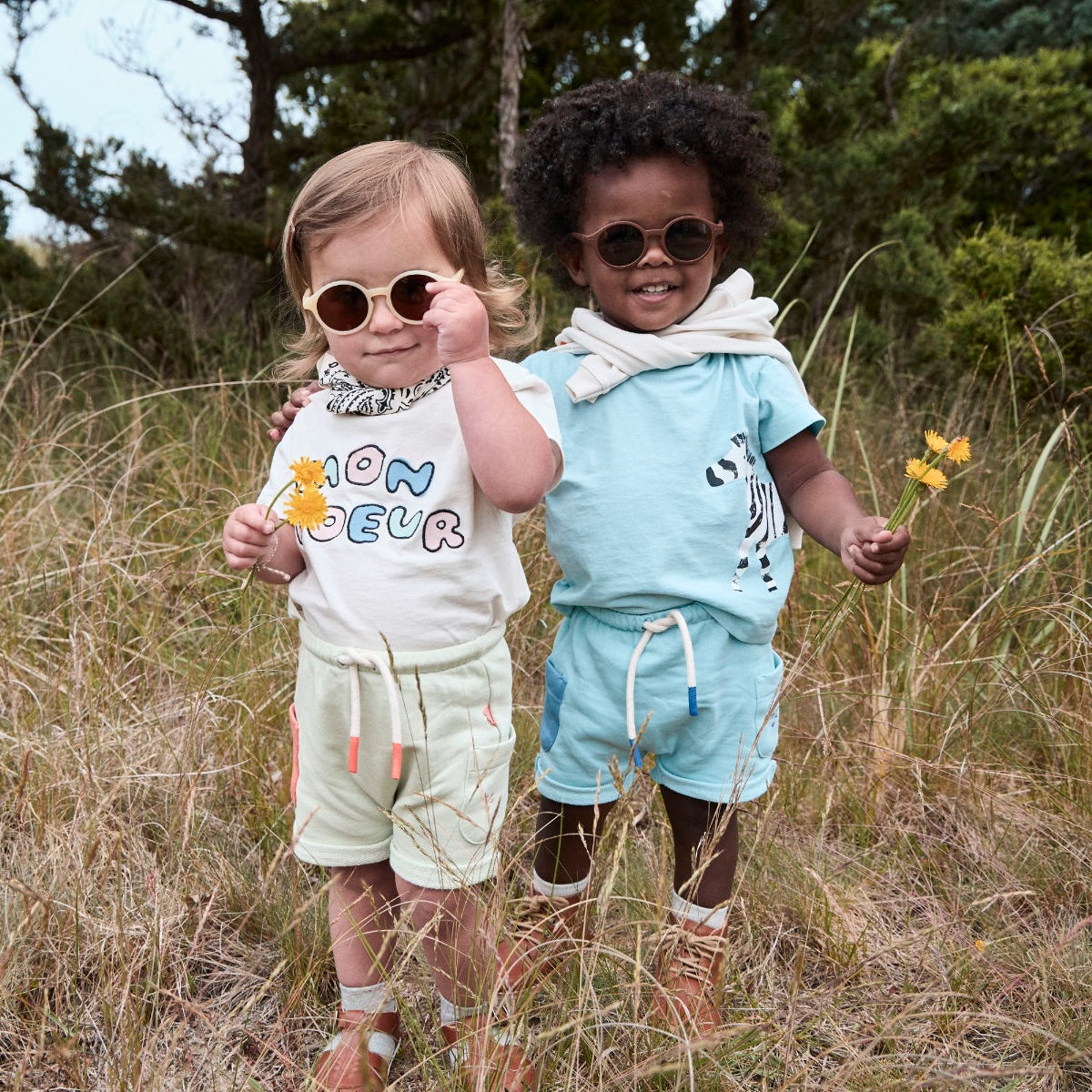
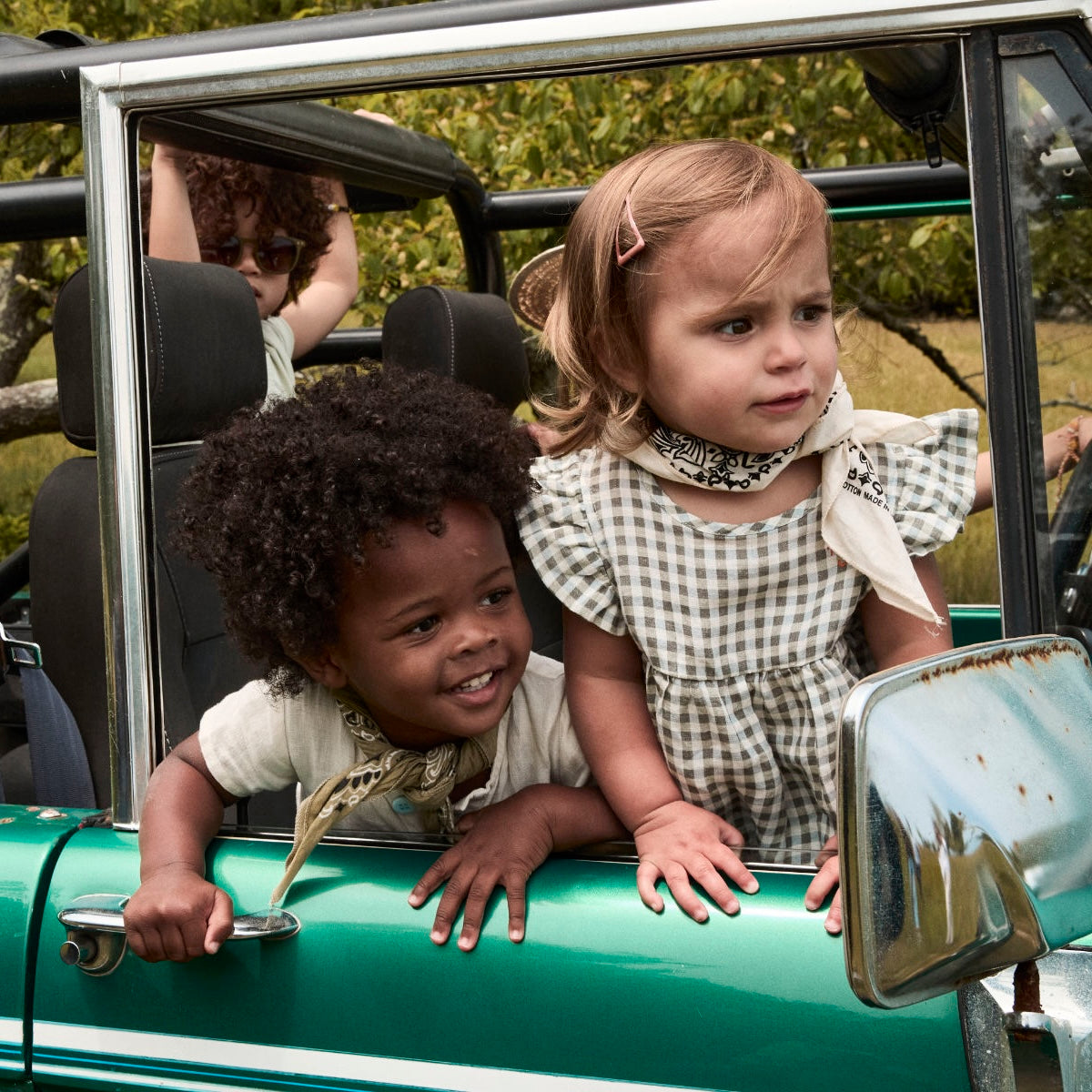
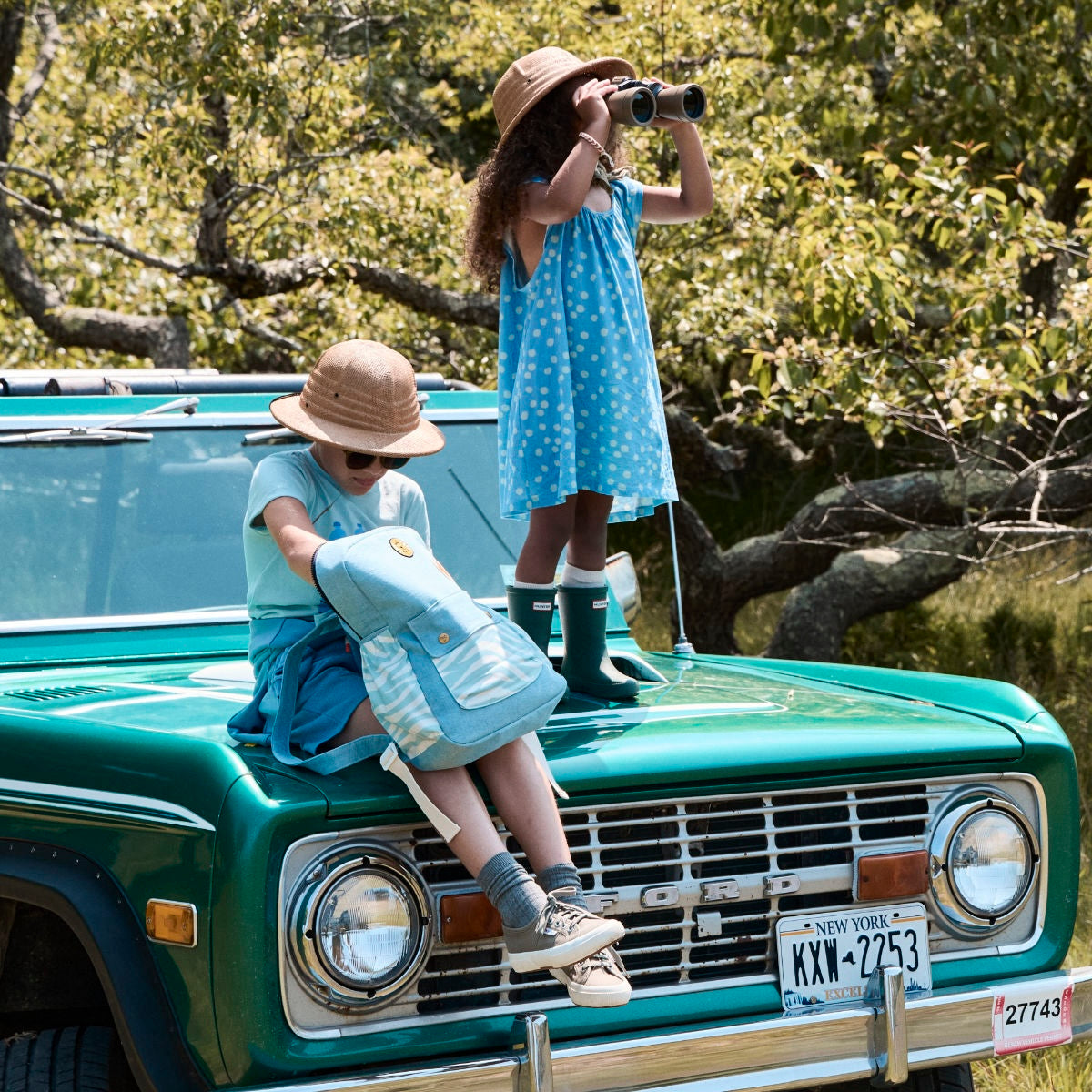
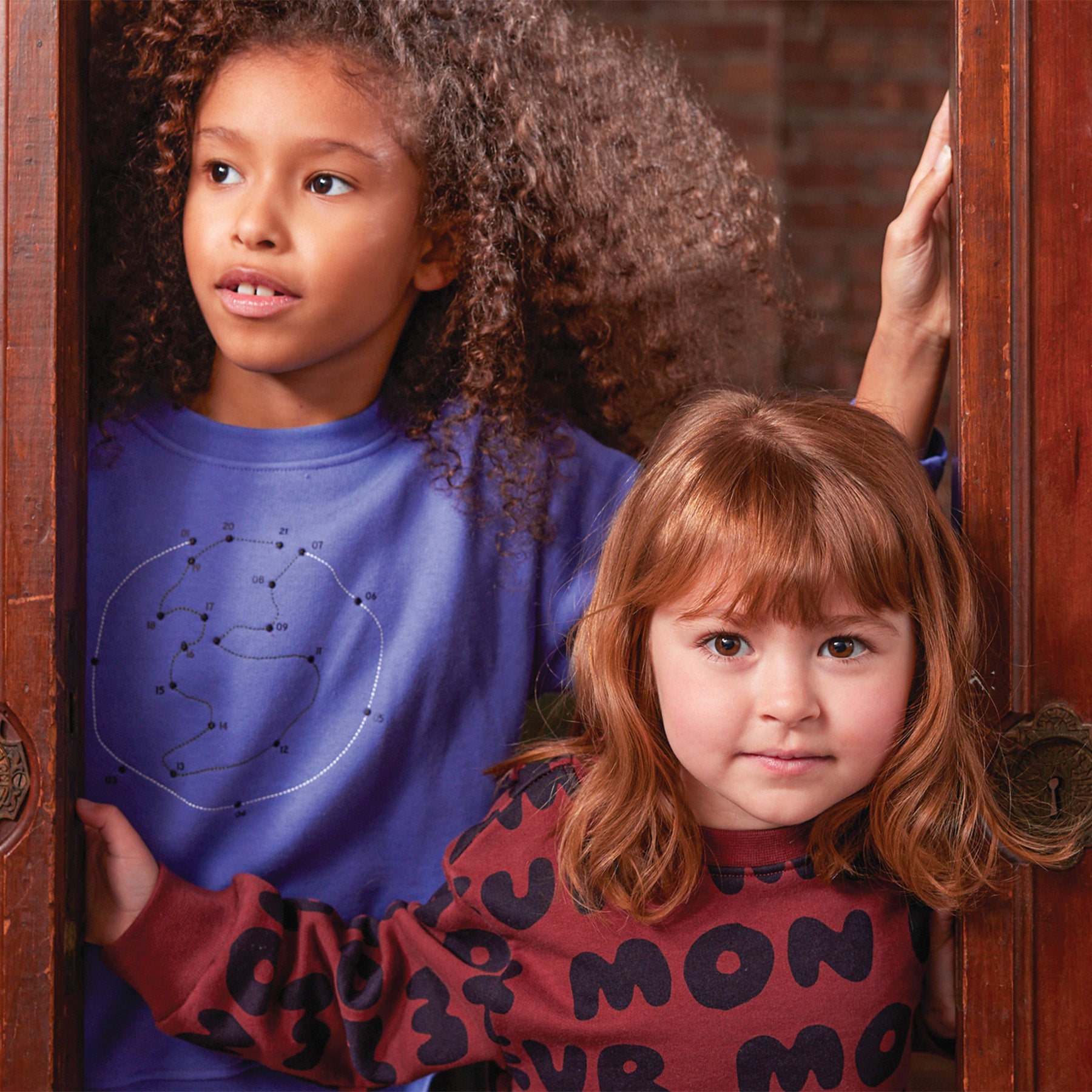

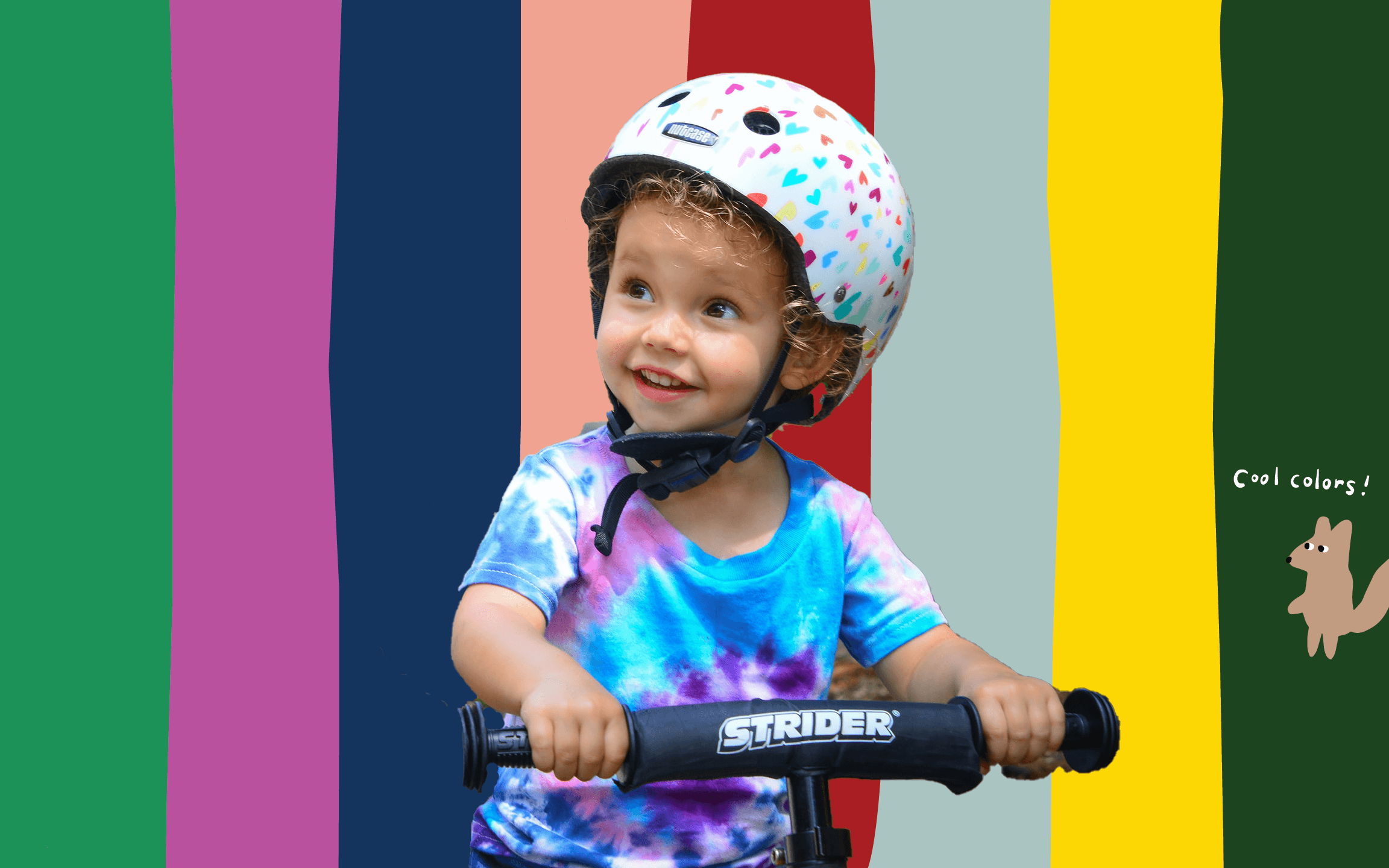

Leave a comment
This site is protected by reCAPTCHA and the Google Privacy Policy and Terms of Service apply.